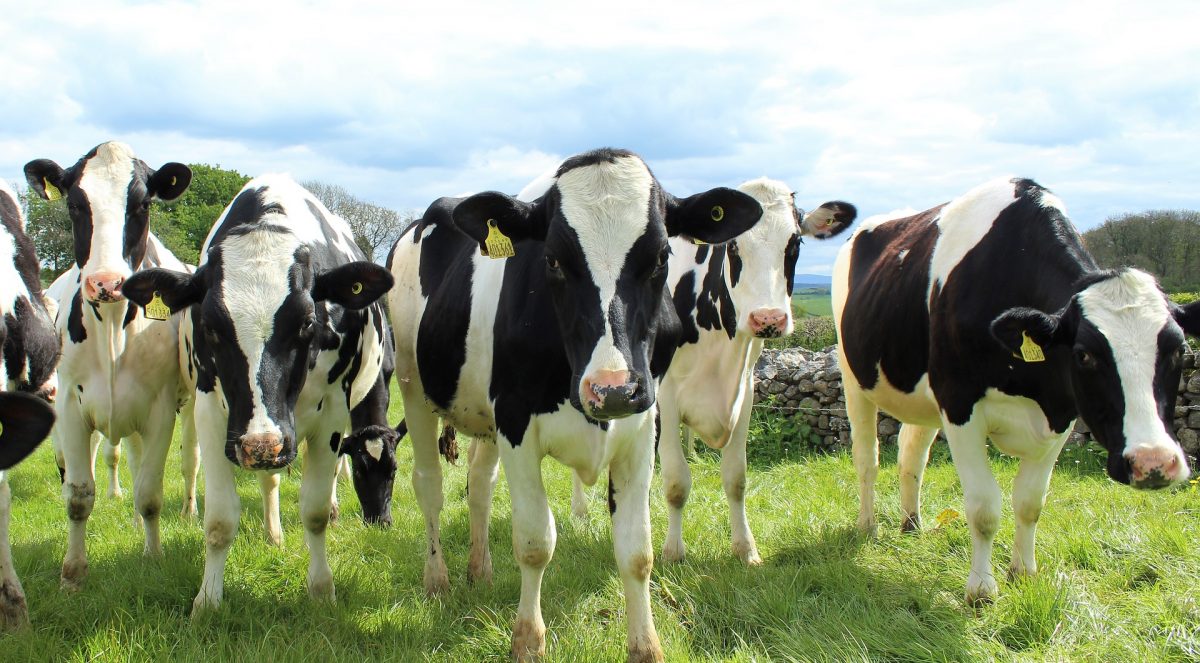Cow manure — a longtime agricultural waste challenge for dairy farmers — soon may ignite a new sustainable fertilising trend.
Judiciously decomposing organic matter from 700 degrees Fahrenheit to 1,200 degrees F, without oxygen — a process known as farming, very different from incineration — and retaining nutrients from dairy lagoons can transform manure into a manageable, ecologically friendly biochar fertiliser, according to new research published in Scientific Reports.
That would allow dairy producers to stop storing excreta in on-farm lagoons or spreading it only in nearby fields.
“Manure is usually a liquid problem and it has increasingly been an issue of disposal,” said Johannes Lehmann, professor in the College of Agriculture and Life Sciences at Cornell University.
“Using pyrolysis of solid manure and retention of nutrients from the liquid onto the biochar, we can create a fertiliser from waste. That’s a marketable commodity.”
Commercial fertiliser made of nitrogen, phosphorus and potassium is created using carbon inputs like natural gas, sulfur, coal and rock deposits. If agriculture can recycle nitrogen, Lehmann said, farming can reduce the carbon input that comes from fossil fuel.
“Once we make a dry fertiliser out of what was once a liquid problem, it is no longer an issue of disposal,” said Lehmann, a Cornell Atkinson Center for Sustainability faculty fellow.
“It’s safe because the solids are pyrolysed. There are no pathogens, no hormones or antibiotics residues or any other material that could contaminate soil or water.”
Nitrogen management is a major challenge throughout the farming world.
In New York state, for example, dairy manure waste production averages 12.8 million metric tons annually, which can easily fertilise the state’s 43,000 acres of corn. If a farmer grows 200 acres of corn, that producer spends about $28,000 annually for commercial fertiliser, while a dairy farmer with 550 cows spends about $25,000 annually on manure storage, according to the paper.
“Coupling the local excess of manure nutrients with regional fertiliser needs could help farmers save money and alleviate environmental issues,” said doctoral student Leilah Krounbi, the paper’s lead author.
“You’re reducing the volume of the solid waste product that has 90% water and reducing it to zero water,” Lehmann said.
“If we retain nutrients from the liquid as we have shown in this study, you’re going from these huge lagoons that are noticeably emitting odor and climate gases such as methane and reducing that footprint by an order of magnitude. That’s a huge saving all around.”
Journal Reference:
- Leilah Krounbi, Akio Enders, John Gaunt, Margaret Ball, Johannes Lehmann. Plant uptake of nitrogen adsorbed to biochars made from dairy manure. Scientific Reports, 2021; 11 (1) DOI: 10.1038/s41598-021-94337-8












